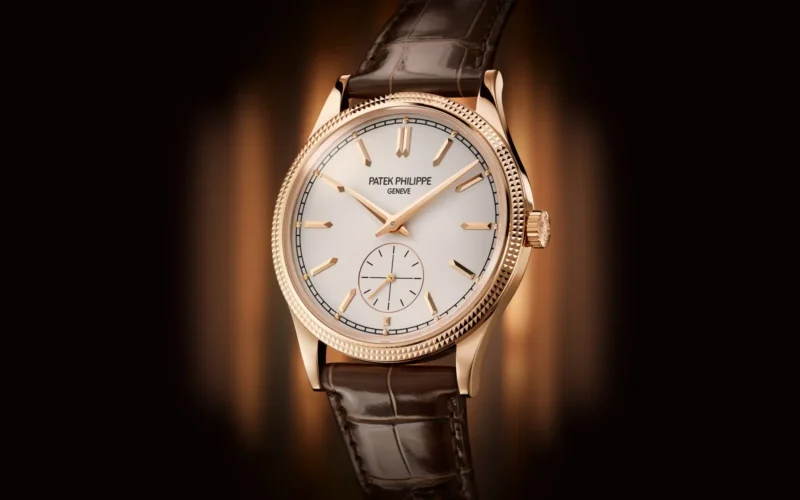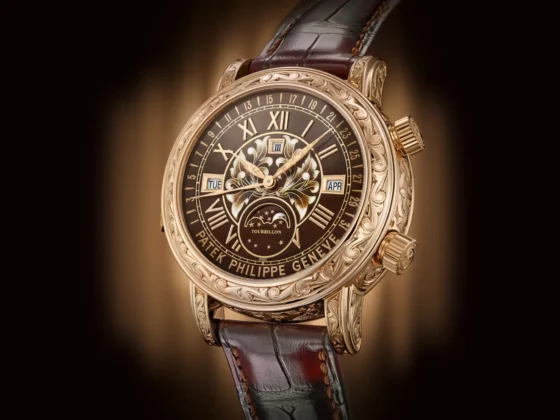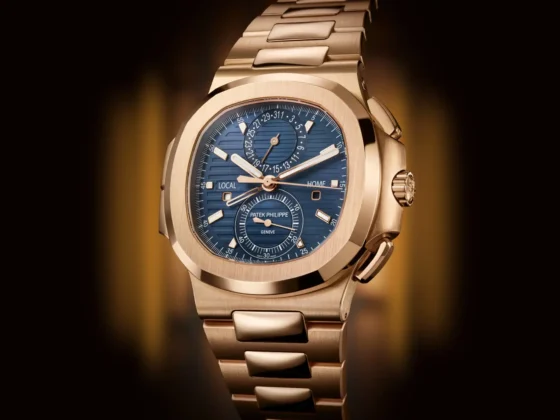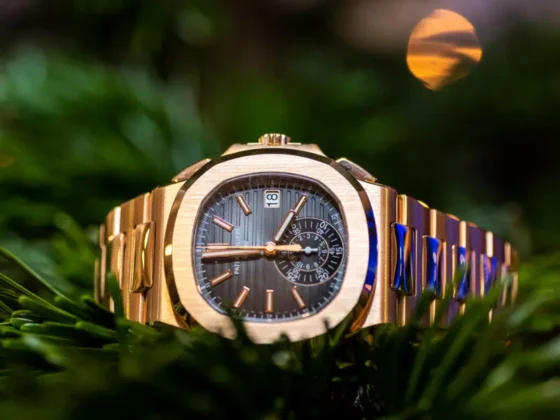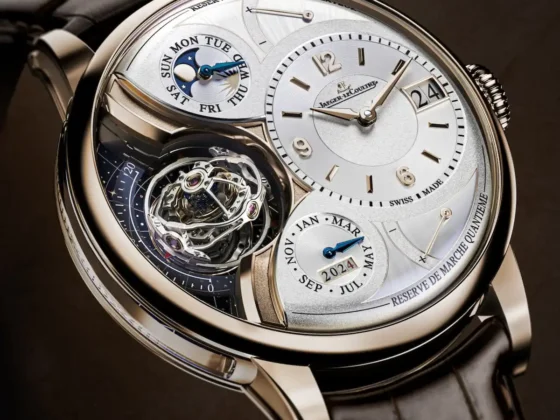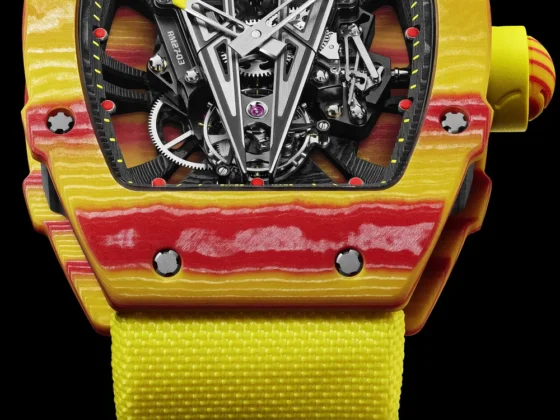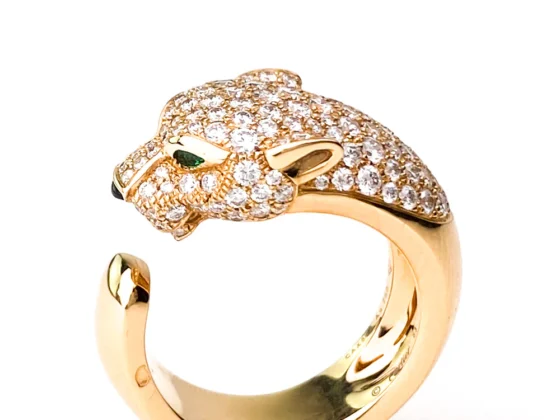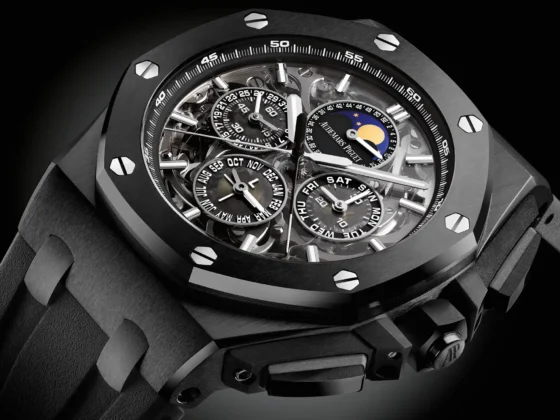The Patek Philippe Calatrava is not just a watch—it’s a statement of timeless elegance and sophistication. Since its introduction in 1932, the Calatrava has remained a cornerstone of Patek Philippe’s collection, embodying the brand’s philosophy of refined simplicity and meticulous craftsmanship. Its minimalist design, clean lines, and understated beauty have made it one of the most iconic and coveted models in the world of luxury watches.
This article explores the enduring appeal of the Patek Philippe Calatrava, examining its design, history, and why it continues to be a symbol of horological elegance nearly a century after its debut.

A Brief History of the Calatrava
The Calatrava was launched in 1932, a time when the world was facing economic uncertainty in the wake of the Great Depression. Patek Philippe, however, saw an opportunity to create a watch that would transcend trends and remain timeless. The design of the Calatrava was inspired by the Bauhaus movement, which emphasized form following function and the beauty of simplicity. This philosophy became the core of the Calatrava’s aesthetic—a watch that was as elegant as it was functional.
The first model, Ref. 96, was a perfect example of minimalist design, with a round case, slender hands, and a clean, uncluttered dial. It set the tone for the Calatrava collection and established Patek Philippe as a brand that valued restraint and timeless beauty over fleeting fashion trends.
The Iconic Design: Beauty in Simplicity
At the heart of the Calatrava’s enduring appeal is its understated elegance. The design has remained largely unchanged since its inception, a testament to its timelessness. The round case, thin profile, and simple dial are hallmarks of the collection. Unlike many other luxury watches, the Calatrava doesn’t rely on complications or bold features to make a statement. Instead, its strength lies in its purity of design.
The dial of the Calatrava is often minimalistic, featuring simple indices or Roman numerals, with no unnecessary embellishments. The hands are thin and elegant, moving gracefully across the dial. The cases are typically crafted in precious metals like rose gold, white gold, or platinum, further emphasizing the watch’s refined aesthetic.
One of the most celebrated models, the Calatrava Ref. 5196, is a modern interpretation of the original Ref. 96. It maintains the same clean lines and classic proportions while incorporating contemporary craftsmanship and materials. Its simplicity and elegance make it a versatile timepiece that can be worn on any occasion, whether formal or casual.
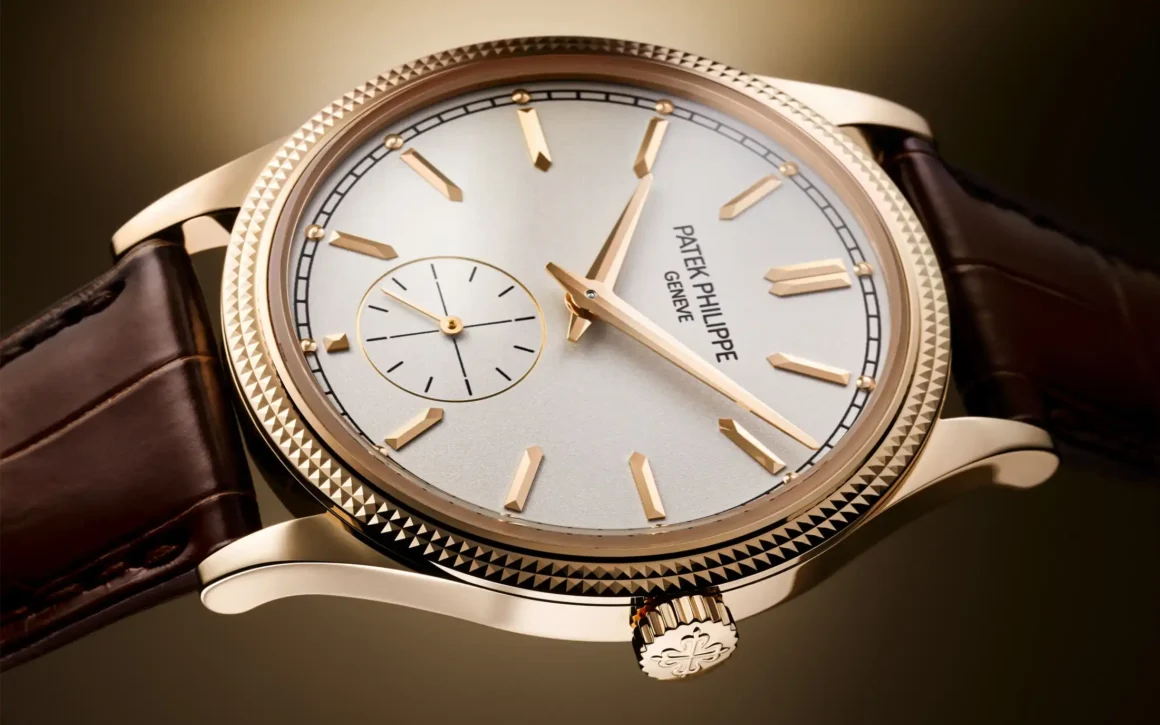
Why the Calatrava Remains Timeless
The Calatrava’s enduring appeal can be attributed to several key factors that have kept it relevant through decades of changing fashion and design trends:
- Classic Aesthetic: The Calatrava is the epitome of classic watch design. Its simplicity ensures that it never goes out of style, making it a favorite among those who appreciate timeless elegance.
- Versatility: The minimal design of the Calatrava allows it to be incredibly versatile. It can easily transition from a boardroom setting to a black-tie event, making it the ultimate watch for those who value style and functionality.
- Exquisite Craftsmanship: Every Patek Philippe timepiece is crafted to the highest standards, and the Calatrava is no exception. The attention to detail, the precision of the movement, and the quality of materials used ensure that each Calatrava is not only a beautiful watch but also a mechanical masterpiece.
- Heritage and Legacy: Owning a Calatrava is like owning a piece of horological history. Its legacy as one of the most iconic models in the world of luxury watches makes it a cherished possession for collectors and enthusiasts alike.
The Movement Behind the Beauty
While the exterior of the Calatrava is known for its simplicity, the movement inside is a testament to Patek Philippe’s reputation for horological excellence. The brand has equipped the Calatrava with a range of high-precision mechanical movements, from manual-wind calibers to automatic ones, ensuring that each watch is as precise and reliable as it is beautiful.
One standout is the Caliber 240, a self-winding movement with a micro-rotor that allows the case to remain ultra-thin. This movement is a perfect match for the Calatrava’s sleek design, offering high-performance functionality without adding bulk to the watch’s profile.
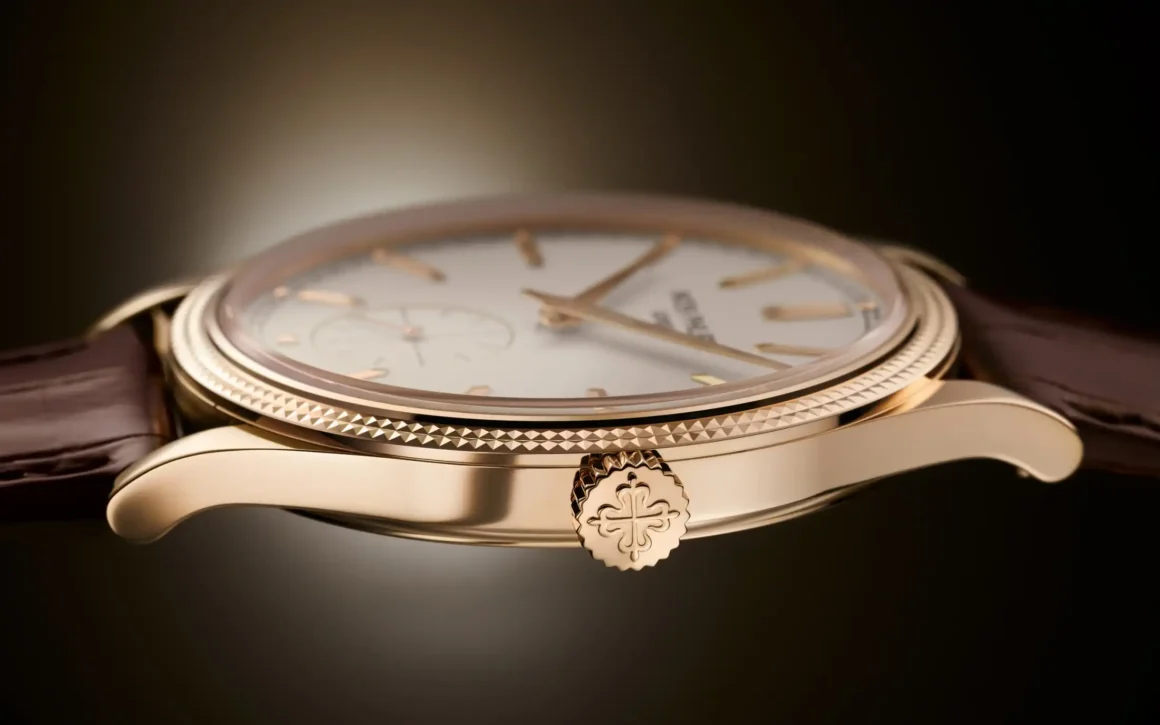
The Calatrava Today
Today, the Calatrava remains a flagship model in Patek Philippe’s lineup. Over the years, the brand has introduced subtle variations in design, including different case materials, dial colors, and strap options. However, the essence of the Calatrava—a commitment to simplicity, elegance, and craftsmanship—remains unchanged.
One of the most recent additions to the collection is the Calatrava Ref. 6119, which features a more contemporary 39mm case size while maintaining the minimalist ethos of its predecessors. The guilloché hobnail pattern on the bezel adds a touch of intricate craftsmanship, further elevating the watch’s design without compromising its timeless appeal.
Conclusion
The Patek Philippe Calatrava is much more than a watch; it’s a symbol of timeless elegance and horological mastery. Its minimalist design, combined with Patek Philippe’s commitment to craftsmanship, has made it one of the most enduring and beloved models in the world of luxury watches. Whether worn with a suit or a casual outfit, the Calatrava is a testament to the idea that true style is eternal, not dictated by trends.
As one of the most iconic timepieces ever created, the Calatrava will continue to hold a special place in the hearts of collectors and watch enthusiasts for generations to come.


